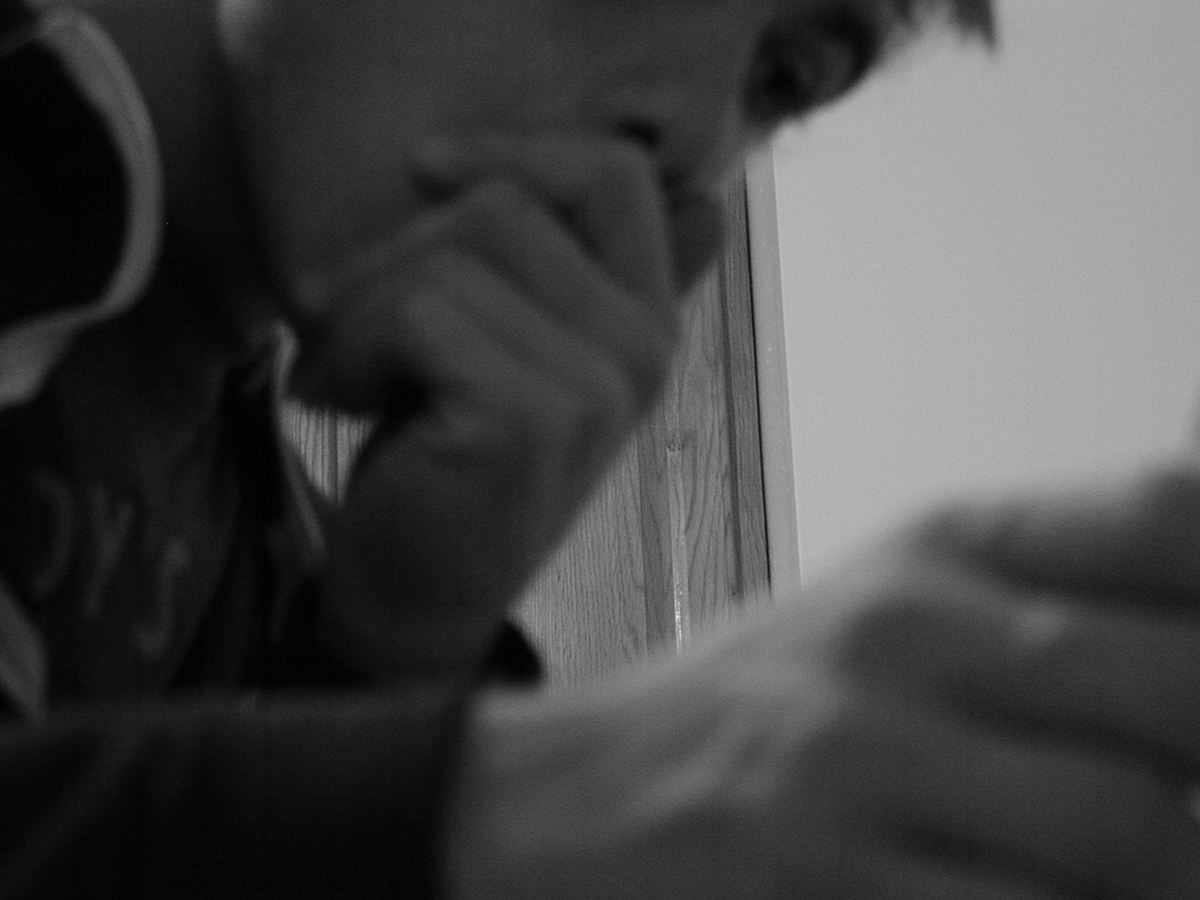Table of Contents
How Is Pleurisy Diagnosed?
Because the pain symptoms of pleurisy are quite specific, a doctor will often be steered towards that diagnosis quite quickly. Using a stethoscope to listen to your breathing will also show whether there is the presence of a pleural friction rub, an abrasive sound of the membrane layers as they rub together. This sound resembles a rasp or scraping sound and it can be heard between the end of an inhalation and the beginning of an exhalation.

Listening with a stethoscope will also help determine whether or not a pleural effusion is present. If breath sounds are quieter and their quality is altered, it can be a sign that there is an effusion present. If the doctor suspects either pleurisy or an associated pleural effusion, the next step in defining the diagnosis is by x-raying the chest. An x-ray will appear normal if there is pleurisy, but will show excess fluid in the lung space if there is an effusion. It is also a method of determining if there is pneumonia present, which could be the underlying cause of the pleurisy.
If radiology tests show a pleural effusion, a sample of this fluid will be taken and sent for analysis to determine if there are bacteria present. A thoracentesis is then performed, inserting a needle into the lung space and draining out the excess fluid. If the underlying cause is not known, and there are specific concerns regarding serious causes, a biopsy of the pleura may be taken and analyzed.
Treating Pleurisy
Treatment for pleurisy will depend on the underlying cause once it is identified. Typical treatment would include antibiotics to treat any infection present, pain medicines and anti-inflammatory drugs to relieve the inflammation. When the pleurisy is due to a viral infection, the only treatment required will be for the management of the inflammation and the pain, as antibiotics will have no effect on the virus. Viral pleurisy will normally resolve on its own over a period of time.
It is important to not only take any medication that is prescribed to you, but to also ensure you get plenty of rest. It can be difficult to find a comfortable position due to the pain, but sometimes it is helpful to use a pillow to prop the side of the body with pleurisy up with. It can take a while to recover from pleurisy, and it’s a good idea not to start overdoing things as soon as you start to feel you are improving. Wait until you are pain free before you go back to your regular activities.
Conclusion
Pleurisy in itself is not a serious condition, but it is a very painful and tiring one. If you have shallow breathing, you can become quite exhausted, so resting as much as possible is ideal. Most of the time pleurisy is bacterial or viral, so it is easily remedied and recoverable. It is only when there is a more serious underlying cause that there is any need for concern. If you start to experience any of the symptoms described above, go and see your doctor and get them checked out.
- www.mayoclinic.org/diseases-conditions/pleurisy/basics/lifestyle-home-remedies/con-20022338
- www.webmd.com/lung/understanding-pleurisy-treatment
- Photo courtesy of thomchandler: www.flickr.com/photos/thomchandler/5063528078/
- Photo courtesy of thomchandler: www.flickr.com/photos/thomchandler/5063528078/
- Photo courtesy of bjornmeansbear: www.flickr.com/photos/bjornmeansbear/720927442/

